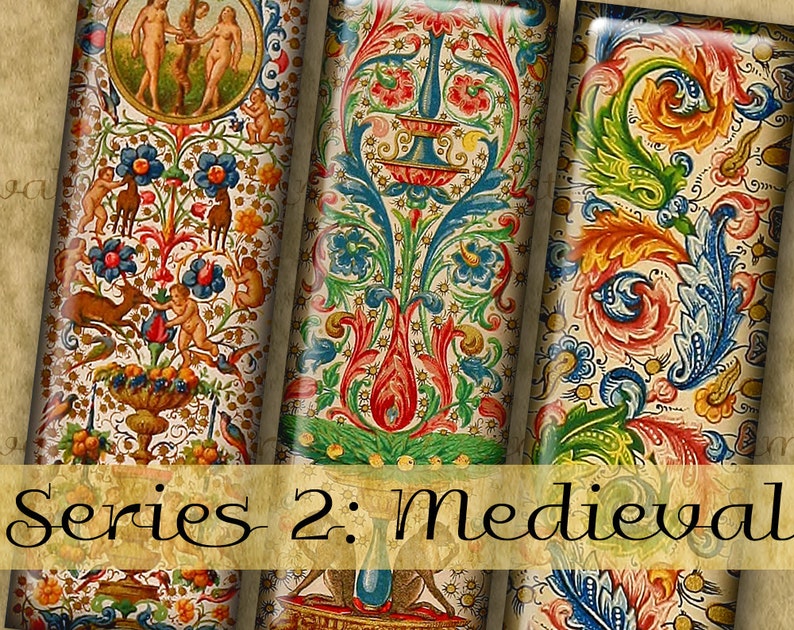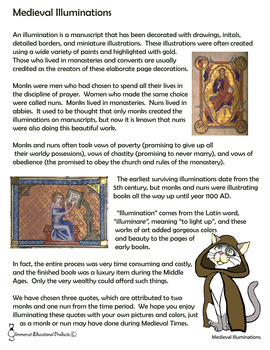

During the thirteenth century, a prohibition against figurative art was beginning to soften, and while the representation of the human face was discouraged, representations of animals and nature became more acceptable. Animal-headed figures, not unique to The Birds Head Haggadah, can be found in several thirteenth- and fourteenth-century works.

The Birds Head Haggadah, named for its depiction of human figures with eagle-beaked faces, was created in thirteenth-century South Germany, making it the earliest illustrated Ashkenazi Haggadah. These facsimiles also complement Watson's collection of research material on Latin illustrated manuscripts from the same period, since illuminators occasionally worked on both Hebrew and Latin manuscripts.
Medieval illuminations birds series#
Watson Library, support the Museum's ongoing series of installations focusing on single masterworks of Hebrew manuscript illumination such as the Washington Haggadah, the Lisbon's Hebrew Bible, and the Rylands Haggadah. These purchases, made possible by Friends of the Thomas J. Over the past ten years, Watson Library has built a rich collection of facsimiles of medieval illustrated Haggadot, the texts read at the Passover Seder meal.

Die Frankfurter Pessach Haggadah : eine illustrierte Handschrift des Jakob ben Michael May Segal von 1731 im Jüdischen Museum der Stadt Frankfurt am Main.


 0 kommentar(er)
0 kommentar(er)
